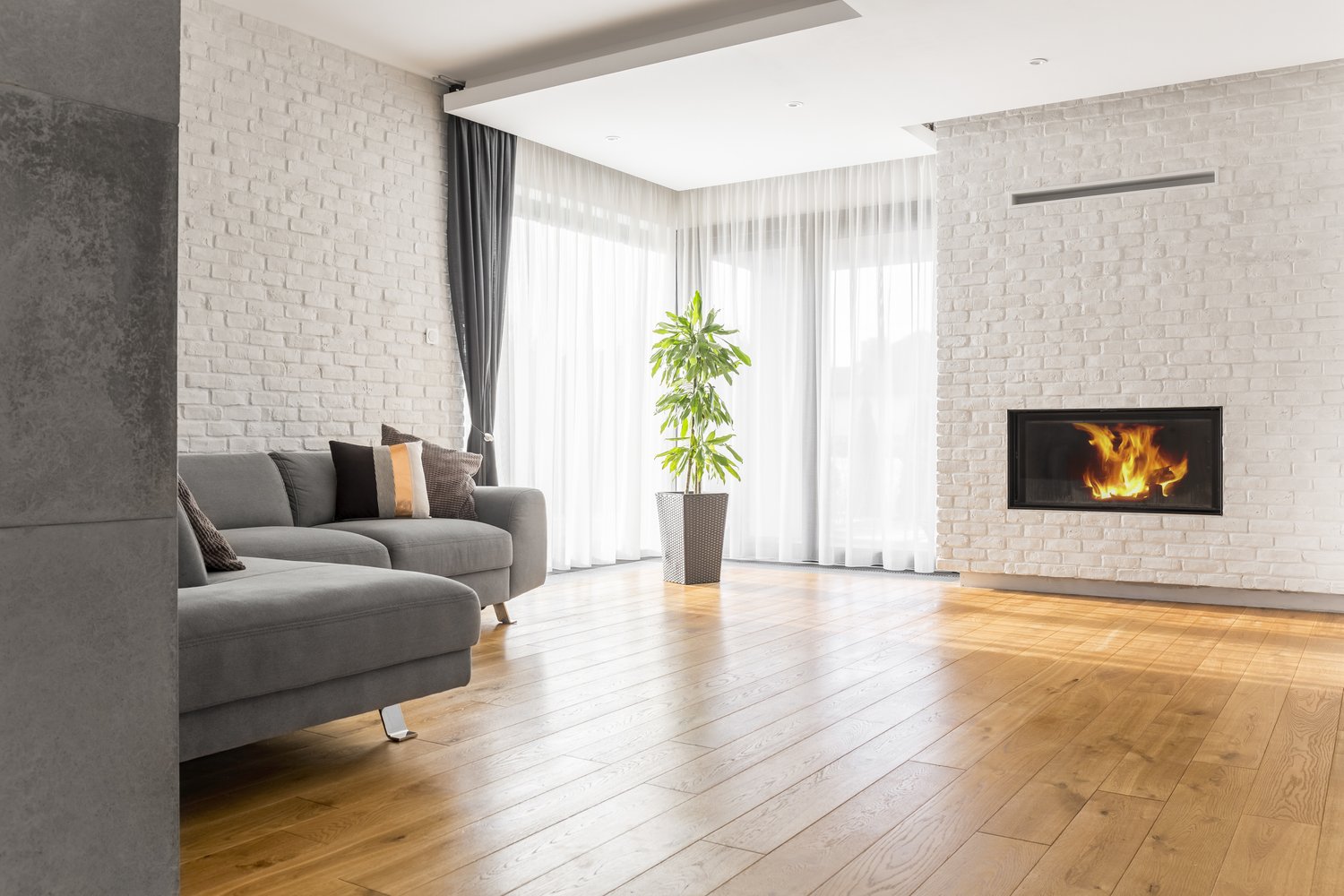Selecting the right flooring for a home with pets can be a challenging yet crucial decision for any homeowner. Our furry friends bring joy and companionship, but they can also bring scratches, stains, and accidents that put our floors to the test. This article compares various pet friendly flooring options including vinyl, tile, laminate, and hardwood, analyzing each based on durability, cleaning ease, and pet safety. By understanding the pros and cons of each material, you can make an informed decision that accommodates both your design preferences and your pets’ needs.
Understanding Pet Flooring Challenges
Pet owners face unique flooring challenges that go beyond typical wear and tear. Dogs, especially larger breeds or those with untrimmed nails, can scratch and gouge softer flooring materials as they run and play. Cats may intentionally scratch certain surfaces as part of their natural behavior. Both can have accidents that require quick and thorough cleaning to prevent odors and stains. Additionally, pets with mobility issues may benefit from floors that provide adequate traction. When selecting durable floor options, it’s important to consider not just aesthetics but also how the flooring will hold up to your specific pet’s habits and needs over time.
Luxury Vinyl Flooring: A Top Contender
Among the most popular pet friendly flooring options today is luxury vinyl, and for good reason. This versatile material offers remarkable durability against scratches, is completely waterproof, and provides a comfortable surface for pets to walk on. Modern luxury vinyl comes in planks (LVP) or tiles (LVT) that realistically mimic the appearance of hardwood or stone while offering superior pet-resistance. The rigid core varieties provide excellent dent resistance, even with larger dogs, while the waterproof quality makes cleaning up accidents straightforward. An added benefit is that vinyl tends to be quieter underfoot than harder surfaces, reducing the clickety-clack of pet nails that can come with harder flooring types. As experts at AskHomey confirm, vinyl flooring has become the go-to solution for many pet owners seeking the perfect balance of style, durability, and pet-friendliness.
Ceramic and Porcelain Tile: Virtually Indestructible
For homeowners seeking the most durable and long-lasting cat proof flooring, ceramic and porcelain tiles stand out as exceptional choices. These materials are virtually impervious to scratches, moisture, and stains, making them ideal for pets of all types. Glazed porcelain, in particular, offers exceptional resistance to wear. Tile flooring is incredibly easy to clean — accidents and messes can be wiped away without worry of absorption or lingering odors. The main considerations with tile are temperature and comfort; tiles can feel cold and hard underfoot for both humans and pets. This can be addressed with strategic placement of area rugs in pet rest areas or by installing underfloor heating systems. While tile installation is more expensive initially than some other options, its extreme longevity often makes it cost-effective in the long run for households with multiple or large pets.
Laminate Flooring: Budget-Friendly But With Limitations
Laminate flooring presents a more affordable option for pet owners while still offering reasonable scratch resistance. Modern high-quality laminate can be a good best flooring for dogs option when budget is a primary concern. The top wear layer provides protection against pet claws, and cleaning is relatively straightforward. However, laminate has one significant drawback for pet households: it’s not fully waterproof. While many newer laminates feature enhanced water resistance, prolonged exposure to moisture (such as an unnoticed accident) can cause swelling and warping of the boards. For this reason, laminate works best in homes with well-trained pets or in lower-risk areas of the home. When selecting laminate, look for products with an AC rating of 4 or higher for maximum durability and opt for textured finishes that can help disguise minor scratches better than smooth surfaces.
Engineered Hardwood: The Compromise Solution
Traditional solid hardwood flooring, while beautiful, is notoriously vulnerable to pet damage. However, engineered hardwood offers a more pet-resistant alternative while maintaining the warmth and character of real wood. Consisting of a real hardwood veneer atop multiple layers of substrate material, engineered hardwood provides greater stability and somewhat improved moisture resistance compared to solid wood. For the best results in pet households, select harder wood species like oak, maple, or hickory with a factory-applied aluminum oxide finish for enhanced scratch resistance. While no wood product is completely immune to pet damage, engineered hardwood can stand up reasonably well in homes with calmer, well-trained pets, especially when paired with regular nail trimming and strategically placed rugs in high-traffic areas.
Making Your Final Decision
When selecting pet friendly flooring for your home, consider your specific circumstances including pet species, size, age, and behavior patterns. A household with an elderly, calm cat will have different flooring needs than one with multiple active young dogs. Factor in your lifestyle, cleaning habits, budget, and design preferences alongside your pets’ needs. Remember that no flooring is completely pet-proof, but choosing the right material can dramatically reduce maintenance headaches and extend the life of your floors. Consider requesting samples of your top choices to test how they respond to your pet’s nails and how easily they clean up after typical pet situations before making your final investment in new flooring.
For more tips and to connect with reliable home service professionals, follow AskHomey on Facebook and Instagram.



